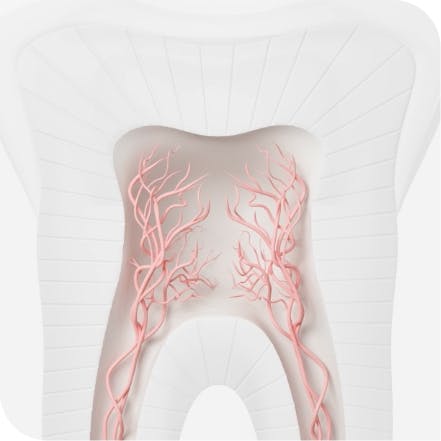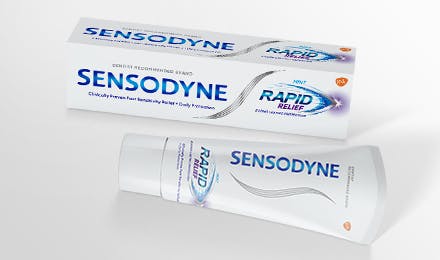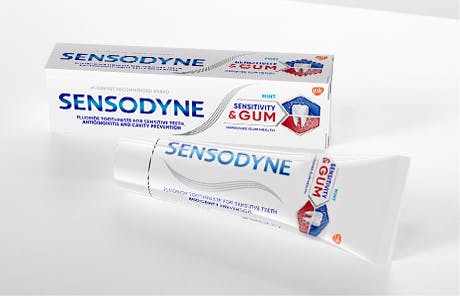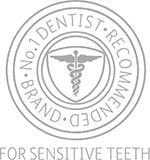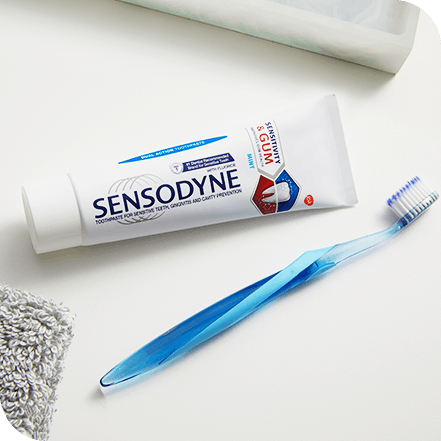What to do After a Root Canal: Root Canal Post-Care

What to do After a Root Canal: Root Canal Post-Care
For many patients, a root canal is a vital dental procedure that is necessary to reduce pain and ward off infection. While it may seem daunting, the truth is that a root canal is a common procedure, with over 15 million root canals done every year.1If you undergo a root canal, it’s important to follow the instructions and guidance of your dental professional or endodontist (a root canal specialist) after the procedure so you can take full care of your teeth after a root canal. Learn what to do after a root canal and how to take care of your teeth for health and longevity.
How to tell if you need a root canal
A root canal may be necessary if you experience pain when chewing or biting as you eat. Your teeth may experience lingering sensitivity to cold or hot temperatures and you might notice symptoms like swollen, tender, or boils on the gums.1
These are all signs of an infection at the base, or root, of a tooth: oral bacteria invades the tissue on the inside of your tooth, also known as the pulp.1 Such an infection will happen when a cavity is left untreated.1
The procedure of a root canal
During a root canal, your dentist will create a small opening in the top of the tooth to access the pulp and remove all infected pulp, then fill and reseal your tooth. Depending on the severity of your tooth infection, your dentist may suggest a crown or filling to prevent your tooth from being damaged again.
It may take a few visits for the procedure to be fully complete. Upon each visit, localized anesthesia will be used on the affected area in your mouth.1
Root canal aftercare: what your dentist may tell you
After your root canal procedure, the anesthesia applied to your tooth will slowly wear off, and you may feel some tenderness, sensitivity and soreness in your jaw for the first few days following the procedure.1,2 This is often best managed by over-the-counter medication, but your doctor may prescribe stronger antibiotic or pain relieving medication as well.2 During the recovery process, it’s important to follow the instructions and dosage for these medications closely. Side effects should lessen within one to two weeks.1
Oftentimes, you’ll have a temporary crown or filling placed between root canal appointments. If a small portion of your temporary filling has worn away or broken off, contact your dentist to let them know.2 As the last step to finish your root canal procedure, your dentist will remove the temporary crown or filling and install a permanent crown or filling to fully restore the tooth.2
What not to do after a root canal
There are certain things you should avoid during the first few days following the procedure. These include:2
- Brushing and flossing directly on the treated area
- Overly hot and cold foods
- Sticky foods and gum
- Consuming hard or brittle foods
- Smoking and tobacco products2
Potential issues with your root canal
Root canals are safe and effective, with success rates of up to 98%.1 It’s rare for a root canal to fail, but if you experience the following symptoms, follow up with your dental professional so that they can determine the best course of treatment:2
- Severe pain or pressure lasting more than a few days
- Visible swelling around your mouth
- An allergic reaction to medication (rash, hives or itching)
- Your bite feels uneven
- A crown or filling comes out
- Prior pre-treatment symptoms return
If you notice persistent pain that lingers even when brushing and flossing regularly, consider consulting your dental professional to determine your best course of care.
Sources:
